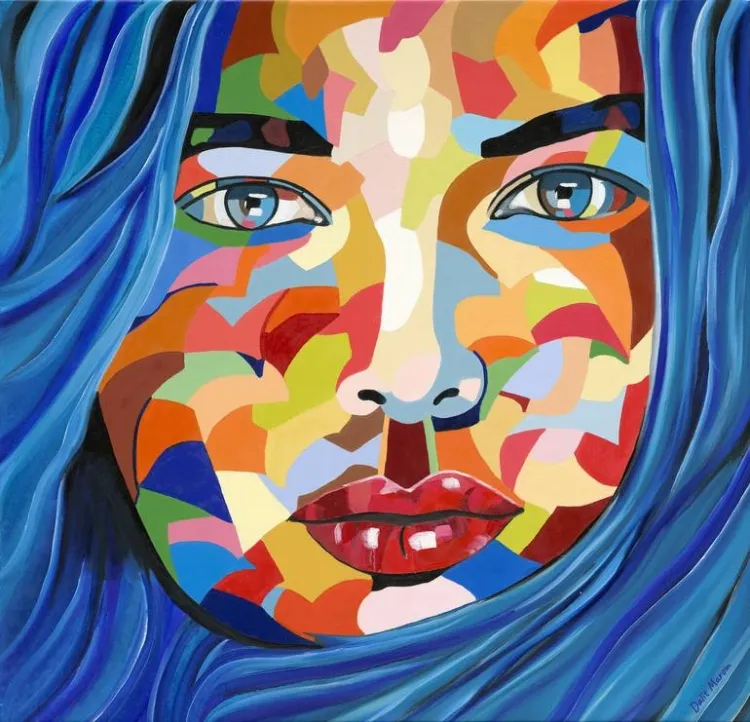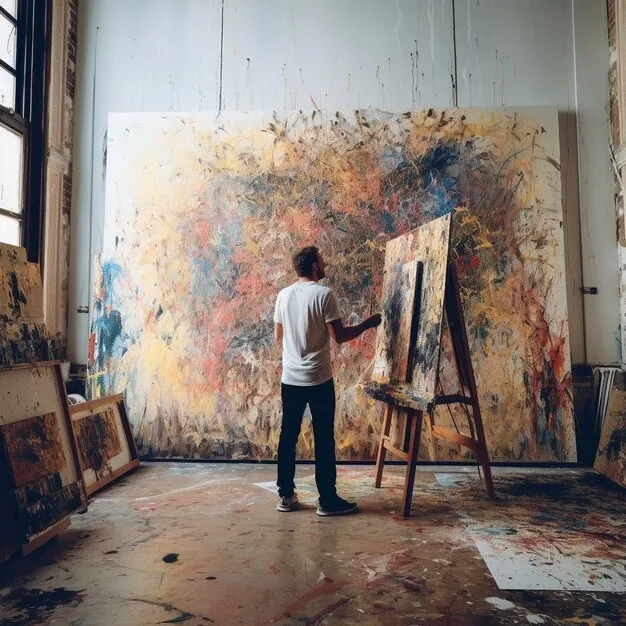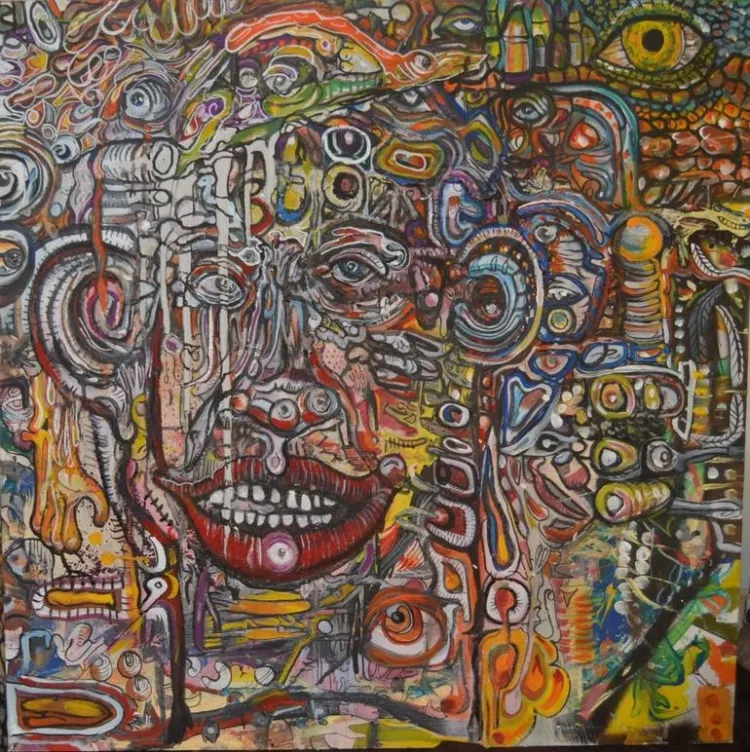The Vital Role of Art Workers in Society

The Vital Role of Art Workers in Society
Art workers play a crucial role in shaping culture, preserving heritage, and inspiring communities. From painters and sculptors to digital artists, curators, and stage designers, their contributions extend beyond aesthetics to storytelling, social commentary, and innovation. Despite their significance, art workers often face challenges such as financial instability, lack of recognition, and the need for continuous adaptation to new trends and technologies.

The Importance of Art Workers
Art workers contribute immensely to society by creating visual narratives that reflect history, identity, and emotions. Their work not only enhances public spaces and entertainment but also educates and provokes thought. Museums, galleries, theaters, and even digital platforms rely on artists and designers to bring stories to life, making culture more accessible to the masses.
Additionally, the role of art in mental health and well-being has been widely acknowledged. Artistic expression serves as therapy for both creators and audiences, offering an escape, a means of communication, and a way to process emotions. Whether through public murals, film, or music, art has the power to unite communities and ignite change.
Challenges Faced by Art Workers
Despite their invaluable contributions, art workers often struggle with job security and financial stability. Many artists work as freelancers, meaning their income depends on project availability and market demand. Additionally, funding for the arts is frequently limited, making it difficult for emerging artists to sustain themselves.
Another challenge is the rapid evolution of technology. Digital platforms have expanded opportunities for artists, but they also demand continuous learning and adaptation. The rise of AI-generated art, NFTs, and virtual reality has transformed the landscape, creating both opportunities and competition for traditional and digital artists alike.
Supporting and Empowering Art Workers
To ensure a thriving artistic community, society must invest in and support art workers. Governments, organizations, and individuals can contribute by:
-
Funding and Grants: Providing financial assistance for artists through scholarships, grants, and public funding programs.
-
Fair Compensation: Ensuring artists are paid fairly for their work and intellectual property rights are protected.
-
Education and Skill Development: Offering training programs and workshops to help artists adapt to evolving technologies.
-
Community Engagement: Encouraging art appreciation in schools and public spaces, promoting art exhibitions, and supporting local artists.

The Future of Art Work
The digital age has opened new doors for art workers, making it easier to showcase work globally and connect with audiences across borders. The integration of art with technology, including augmented reality, AI, and blockchain, presents exciting new possibilities for creative expression and monetization.
As society continues to evolve, the need for art remains constant. By recognizing and valuing the contributions of art workers, we can create a culture where creativity is not only appreciated but also nurtured and sustained.
Conclusion
Art workers are more than just creators—they are cultural architects, innovators, and storytellers. Their contributions shape our world in profound ways, making life richer, more meaningful, and more connected. Supporting them ensures that art continues to thrive for generations to come.
What's Your Reaction?

















